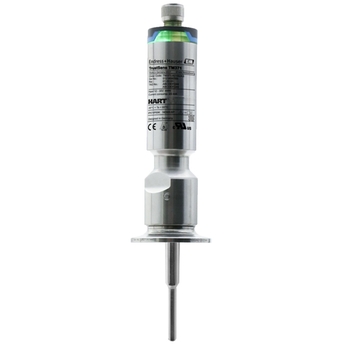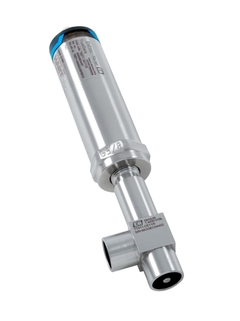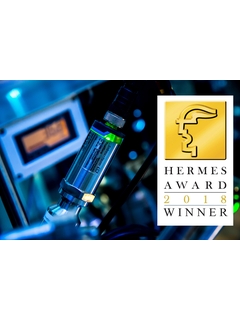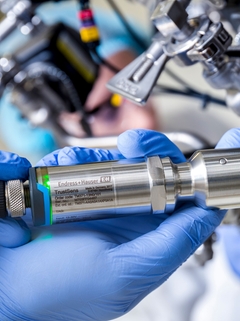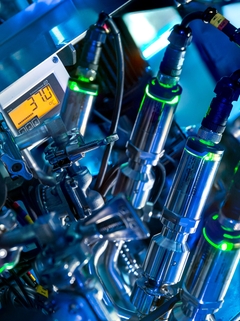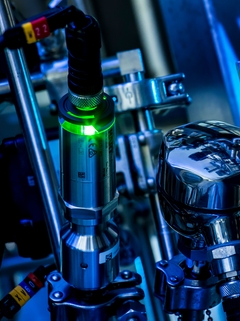-
Measuring principle
Resistance Temperature Detector
-
Characteristic / Application
self-calibrating
metric style
compact temperature probe
hygienic design
life sciences, food & beverage -
Thermowell / protection tube
without
incl. thermowell
incl. Tee-/elbow thermowell -
Insert / probe
without exchangeable insert
-
Outer diameter protection tube / Insert
6.0 mm (0.24”)
9.0 mm (0.35”)
12.7 mm (0.5″) -
Max. immersion length on request
up to 900.00 mm (35.4”)
-
Material protection tube/ thermowell
1.4435 Delta Ferrite < 1%
316L -
Process connection
compression fitting
weld in adapter
clamp connections acc. to ISO 2852
screwed pipe joint acc. to DIN 11851
aseptic screwed pipe joint acc. to DIN 11864-1
metallic sealing system
thread acc. to ISO 228 for Liquiphant adaptor
APV Inline
Varivent
Ingold
SMS 1147
Neumo Biocontrol
TT411 elbow thermowell DIN 11865 -
Tip shape
straight
reduced -
Surface roughness Ra
0.76 μm (29.92 μin)
0.38 μm (14.96 μin)
0.38 μm (14.96 μin) electropolished -
Operating temperature range
Pt100:
-40 °C to 160 °C (-40 °F to 320 °F),
optional up to 190 °C (374 °F)
reference point for automated calibration -
Max. process pressure (static)
at 20 °C: 40 bar (580 psi)
-
Response time
t50 = 2.5 s
t90 = 5.4 s -
Integration head transmitter
no (4 to 20 mA signal, HART)
-
Ex – approvals
CSA C/US IS, I/1+2/A-F
CSA C/US General Purpose
UK II1/2G Ex ia IIC T6 Ga/Gb, II1/2D Ex ia IIIC Da/Db
ATEX IECEx II1/2G Ex ia IIC T6 Ga/Gb, II1/2D Ex ia IIIC T6 Da/Db
Field of application
Our award-winning iTHERM TrustSens TM371 sanitary RTD features the world’s first self-calibrating Pt100 sensor unit! The hygienic temperature transmitter with Heartbeat Technology effectively eliminates the risk of undetected non-conformities, reduces production downtime while increasing product safety and process efficiency in food, beverage and life sciences applications. The instrument complies with FDA and GMP regulations and integrates with the Netilion cloud-based Industry 4.0 ecosystem.
Designed for critical hygienic / aseptic applications in life sciences, fo

